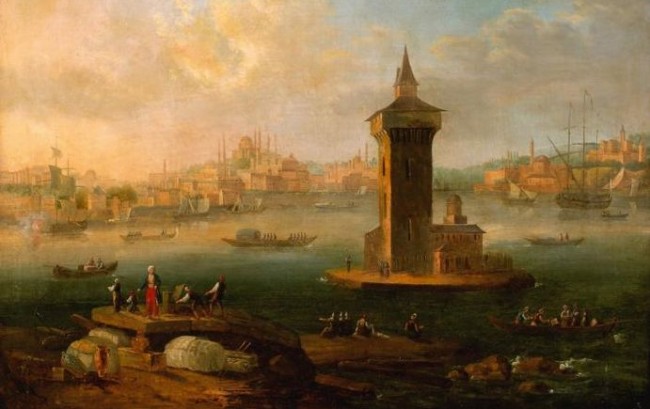Carolina Naturally is read in 203 countries around the world daily.
Today is - International Day Of The Family
You want the unvarnished truth?
You want the unvarnished truth?
Don't forget to visit: The Truth Be Told
Some of our readers today have been in:
The Americas
Buenos Aires, Argentina
La Paz, Bolivia
Algere, Brasilia, Maraba, Rio de Janeiro and Sao Paulo, Brazil
Chelsea, Greater Sudbury, Ottawa, Richmond Hill and Toronto, Canada
Bogota, Colombia
Willemstad, Curaco
Coyoacan, Mexico City, Tijuana and Tlalnepantla, Mexico
Boaco, Nicaragua
San Juan, Puerto Rico
Barquisimeto, Caracas and Merida, Venezuela
Europe
Minsk, Belarus
Sarajevo, Bosnia-Herzegovina
Glavinitsa and Sofia, Bulgaria
Brno, Habry, Karlin, Pardubice, Prague, Stare, Mesto and Zin, Czech Republic
Chester, Leeds, London, Manchester, England
Calais, Cerny, Laval, Lyon, Nice, Paris, Pas de Calais, Roubaix, Rouen and Velizy-Villacoublay, France
Berlin, Bonn, Dortmund, Frankenthal and Hamburg, Germany
Athens and Thessaloniki, Greece
Reykjavik, Iceland
Cagliari, Giavera del Montello, Milan, Rome and Terlizzi, Italy
Riga and Ventspils, Latvia
Amsterdam, Den Haag, Groningen, Nijmegen, Roosendaal, Rotterdam and Utrecht, Netherlands
Belfast, Northern Ireland
Gjerstad and Sandsli, Norway
Krakow, Lodz and Warsaw, Poland
Lisbon and Porto, Portugal
Bolshoy Karmen, Moscow, Ryazan and Vladivostok, Russia
Edinburgh and Forth, Scotland
Ourense, Madrid, Valencia and Venta del Moro, Spain
Zurich, Switzerland
Dnipropterovsk, Kharkiv, Kiev and Odessa, Ukraine
Bangor, Wales
Asia
Beijing, Guangzhou and Xuchang, China
Hong Kong, Hong Kong
Bangalore, Calicut, Delhi, Mumbai, New Delhi, Pune, Ranchi and Trichur, India
Jakarta and Tangerang, Indonesia
Tokyo, Japan
Seoul, Korea
Alor Setar, Batu Gajah, Bayan Lepas, Ipoh, Johor Bahru, Koata Kinabalu, Kuala Lumpur, Puchong, Pulau, Pulau Sebang and Sibu, Malaysia
Islamabad, Pakistan
Gaza, Palestine
Colombo, Gampaha and Maharagama, Sri Lanka
Bangkok, Thailand
Africa
Oran, Algeria
Dijbouti, Dijbouti
Alexandria and Cairo, Egypt
Rabat, Morocco
Constantia, Pretoria and Secunda, South Africa
The Pacific
Heidelberg, Homebush, Melbourne and Perth, Australia
Roxas, Philippines

























